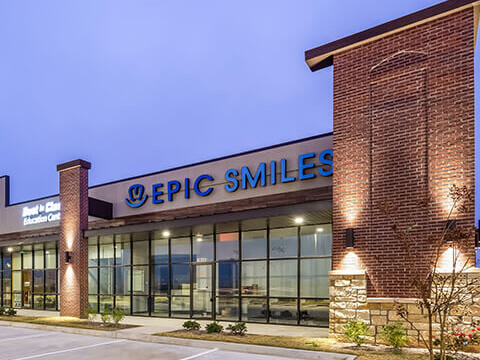 Types of commercial loans
Types of commercial loans
Similar to other types of loans, commercial loans have different structures, rates, terms and uses. Being aware of the different types of commercial loans available can help investors know which one to use for their potential property.
Long-term commercial mortgage:
These fixed interest rate loans are a more traditional type that closely resembles a home mortgage. The terms are usually shorter, 5 – 10 years and require at least a minimum amount of time operating the business and at least 50% occupancy rates. With a long-term commercial mortgage, the interest rates are fixed and vary upon the market, but are typically around 4 – 7%.
Interest only loans:
Also referred to as a balloon loan, these types are ideal for businesses that expect a large amount of revenue in the future. The monthly payments only cover the smaller interest amounts, while the principal, or balloon, is pay at the the end of the term. These are shorter term loans, typically 3 – 7 years often used during the construction process and refinanced when the building is complete.
Refinance loan:
Similar to home mortgages, business owners and investors like to take advantage of lower interest rates through refinancing. While there are some added fees, often the new loan results in lower payments and less overall debt.
Hard money loan:
While not ideal, these types of loans are backed by private investors. The terms are shorter (6 months to 2 years) and carry high interest rates that can be in excess of 20%. These loans are based upon the value of the property itself and not necessarily the creditworthiness of the borrower. Hard money loans are often used for investors who are renovating and “flipping” a property.
Bridge loan:
This type of commercial loan is used to “bridge” the gap between other types of financing. Often used between phases of construction, bridge loans offer higher interest rates than conventional, fixed rate loans, but lower than hard money loans.
Construction loan:
These commercial real estate loans are used exclusively during the building phase and are shorter term, typically 18 – 36 months. They are used to cover materials, labor and other related construction expenses. When the building is complete, then a longer-term mortgage is taken out on the structure.
Blanket loan:
A blanket loan includes multiple properties into one, comprehensive arrangement. This allows the lender to reduce their risk and often provides the borrower with lower interest rates and payments. These types of loans are more difficult to get, but more established developers and investors should consider their use.
Other construction loan considerations
Commercial construction loans can be a bit more complex than other types of loans, as developers / investors have different needs during the building process. Construction loans can be used for an investment property and don’t require the owner to “take residence” so to speak. A business person can plan on renting out their new structure to other tenants, never having their own business located in the building.
For a construction loan, the lender will require the borrower to submit complete plans for the building or construction. They will want to see architectural or engineering plans, who the builder or contractor will be, estimates of how long it will take for each phase of construction, estimated costs for each phase, etc.
Construction loans are riskier for a lender than a traditional mortgage. The reason is that if things don’t go as planned, such as a borrower defaulting or a contractor going bankrupt stopping construction of the building after it’s only partially complete, the bank might lose money on the project. As a consequence, most construction loans have quite stringent requirements. Typically, borrowers need good credit, steady income, and a low debt to income ratio. In addition, it is expected to put down a minimum of 20 – 30%, depending upon the lender. During the construction period, the contractor or builder typically gets funds released for completing certain construction benchmarks.
Conclusion
Whether an investor is interested in buying, renovating or building a commercial structure, there is a commercial loan to help. There are more options than ever available to investors to help them acquire funds for their commercial real estate. Since the building itself becomes part of the collateral, the loans for commercial real estate are typically lower than other types of business loans.






